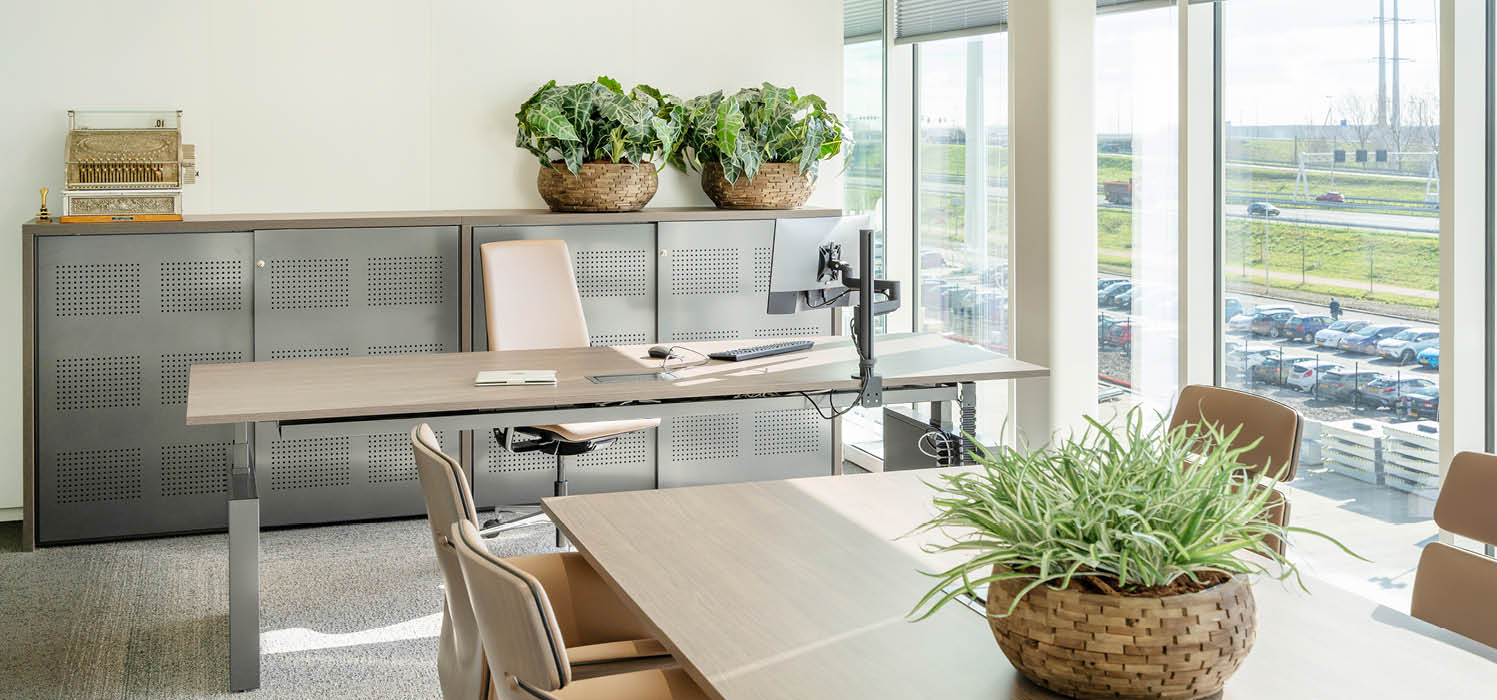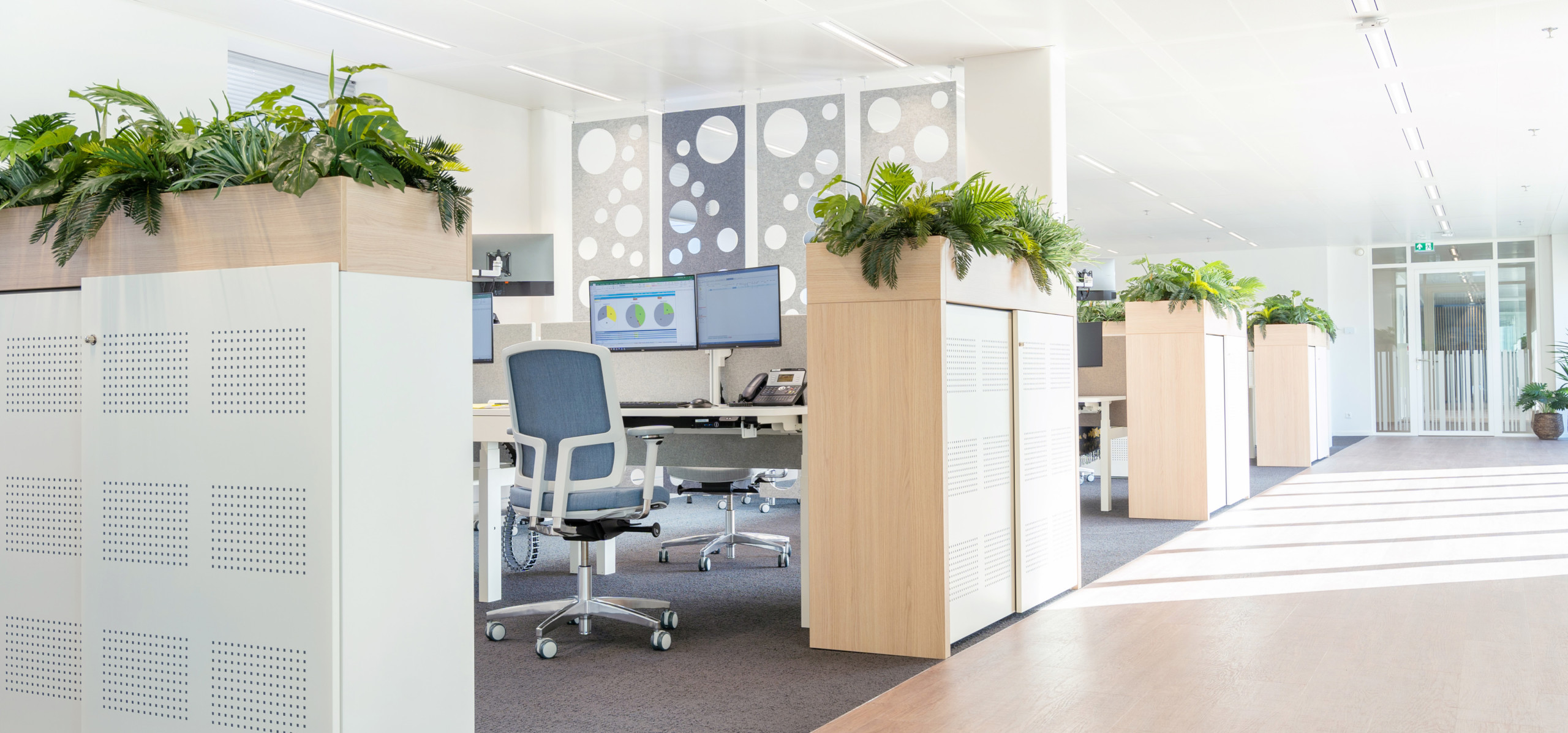Would you like to get in touch?
Call or email us, we’d love to talk to you!

LCA
An LCA (life cycle analysis of life cycle assessment) looks at the environmental impact of the product during its entire life cycle. Starting with the extraction of raw materials and ending with waste processing.
In our industry you can pretty much compare anything and everything. Aesthetics, price, quality, weight, dimensions and so on. Comparing sustainability and the circular value is somewhat more of a challenge but it can be done! One of the ways this can be achieved is by making an LCA, a life cycle analysis.
Sustainable Solutions by Vepa
At Vepa we make office and project furniture. We have been doing this as sustainably as possible for years. In the series “Sustainable Solutions by Vepa” we demonstrate how we innovate, think and above all act sustainably.
For example, we produce everything in our own factories in the Netherlands, use local suppliers and come up with solutions for our residual material and that of others.
However, not everyone knows that you can objectively calculate the environmental impact of a product with an LCA.
We will explain how this works in the video and you can read about it below.
Calculation
All intermediate stages of production, transport and maintenance are incorporated in the analysis. For instance:
• the raw materials used to produce the product;
• the means of transport used to make the product;
• the transport distances covered to make the product;
• the energy needed to make the product;
• the emissions from air, soil and surface water;
• the amount of waste produced per product;
• the potential for reuse of the product;
• the packaging material of the product;
• the resources required for use and maintenance.
The outcome is reduced to a single number, the environmental impact.
Environmental impact
Independent research agency IVAM has calculated the environmental impact of three different cabinets using LCAs. All three cabinets are made for the same purpose, have the same dimensions and are about the same weight. However, the environmental impact of the three cabinets differs enormously.
The environmental impact of our wooden sliding door cabinet is 54 kg CO2. That is 3 times less than the impact of a steel sliding door cabinet on the environment (156 kg CO2). If this steel cabinet is not made in the Netherlands, but in China, the environment is burdened 4 times as much (209 kg CO2).

INSIDE/INSIDE
A lot of organisations find it important to make sustainability transparent. That is why more and more companies are joining INSIDE/INSIDE.
INSIDE/INSIDE is an independent platform for our industry where the environmental impact of various products is visible. All based on LCA calculations.
Not just us, but in fact all companies within the office and project furniture sector participate.

Enthusiastic?
Do you have a question or comment about this product? Leave your message below and one of our colleagues will contact you as soon as possible.





